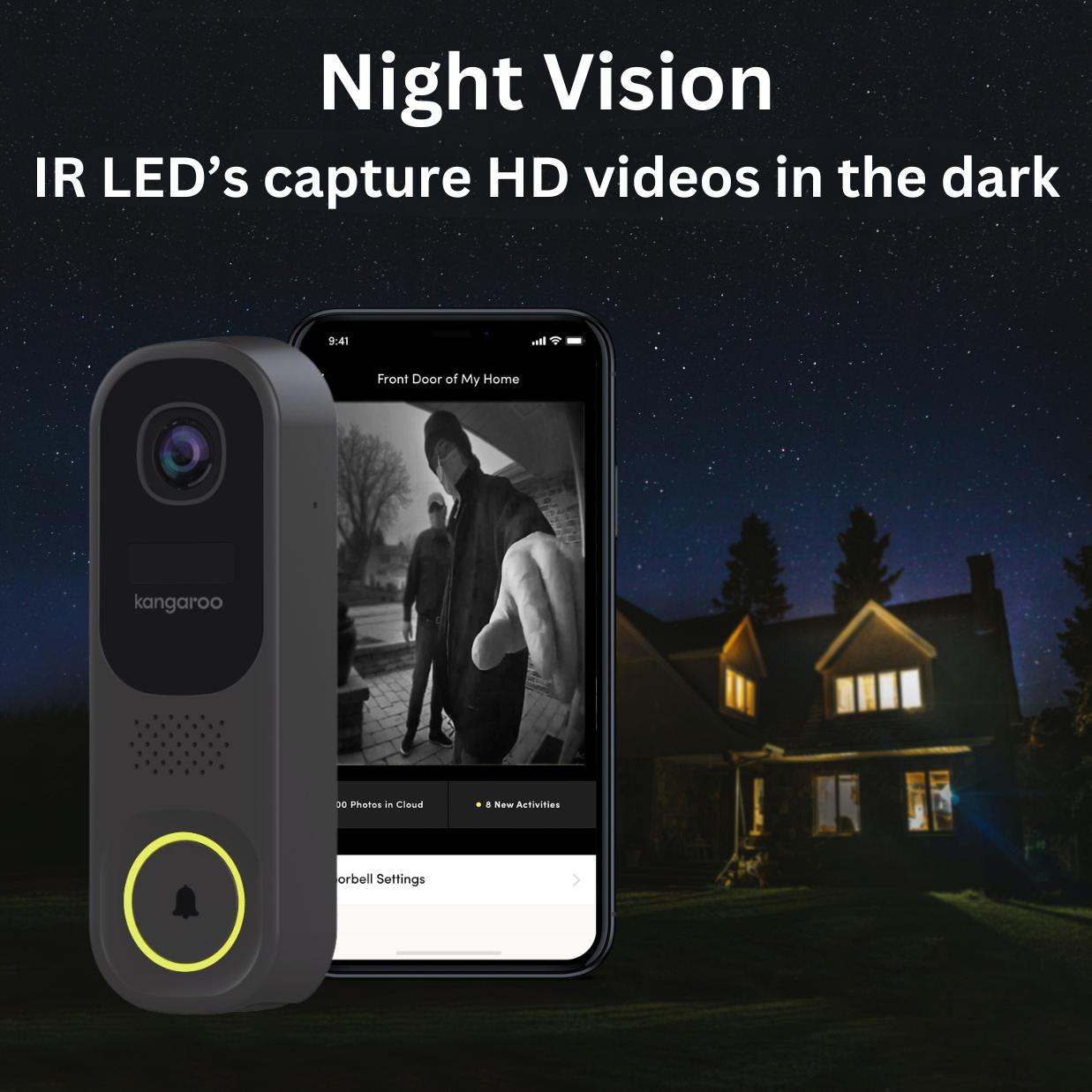Does Homeowners Insurance Cover Theft? Reality Vs. Assumption
The unsettling reality of burglary affects millions of homeowners every year. If the worst happens, does homeowners insurance cover theft? The short answer: yes—but with limits and exclusions that many people overlook.
In this guide, we’ll break down:
What’s covered under your homeowners policy
What theft-related events might not be covered
ACV vs. RCV: Which theft coverage is better?
How to file a claim for stolen items
Extra protection with Kangaroo’s home security plans
Let’s separate myth from reality.
The Common Assumption: Full Theft Coverage Anywhere, Anytime
Many homeowners assume that their insurance covers all types of theft, no matter where it occurs—inside the home, from a car, or while traveling. They expect automatic reimbursement for stolen items, but the truth is more nuanced..
The Reality: What Homeowners Insurance Really Covers
Most standard homeowners policies include personal property coverage, but not all theft-related losses are treated equally.
1. Theft Inside Your Home
Your policy typically covers stolen items like:
Electronics (TVs, laptops, phones)
Furniture and appliances
Clothing, jewelry, and collectibles
Important: High-value items like jewelry or art may have sub-limits. You might need a scheduled personal property endorsement to fully protect them.
2. Theft Outside the Home
Some policies extend off-premises coverage, meaning your belongings are protected even when stolen:
From your car
While you’re on vacation
At a storage unit
However, coverage limits for off-premises theft are often lower, usually 10% of your personal property limit.
3. Vehicle Theft Is Not Covered by Homeowners Insurance
If your car itself is stolen, your auto insurance policy (comprehensive coverage), not your homeowners insurance, will handle the claim.
Learn more: What Does Homeowners Insurance Cover for You
ACV vs. RCV: What You’ll Actually Get Paid
Two common valuation methods are used in homeowner's insurance:
Actual Cash Value (ACV): This pays you the current value of the stolen item, factoring in depreciation. For instance, if your five-year-old TV is stolen, you'll receive the depreciated value, not the amount you originally paid for it.
Replacement Cost Value (RCV): This pays you the cost to replace the stolen item with a new one of similar kind and quality, regardless of depreciation. This option typically costs more in premiums but offers greater protection.
When it comes to theft coverage, many homeowners prefer RCV for personal property, as it ensures you can fully replace stolen items without out-of-pocket expenses due to depreciation.
Common Exclusions in Theft Coverage
There are cases where theft may not be covered, such as:
Theft committed by a household member or tenant
Unforced entry (e.g., doors left unlocked)
Business property theft exceeding policy limits
Items stolen from a second home not properly insured
Items used primarily for business (like expensive work equipment)
Step-by-Step Guide: Filing a Theft Insurance Claim
If your home has been burglarized, take the following steps to file an insurance claim:
Ensure Safety: Before assessing the damage, make sure the scene is safe and the perpetrator is no longer present.
Contact the Police: File a police report detailing the incident and stolen items. This is crucial for your insurance claim.
Document the Loss: Take photos or videos of the damage and missing items. If possible, provide receipts or appraisals for valuable possessions.
Contact Your Insurer: Notify your insurance company promptly and provide them with the police report and documentation of the loss.
Work with Your Insurer: Your insurance company will assign a claims adjuster to assess the damage and determine the value of your stolen items.
Receive Reimbursement: Once your claim is approved, you'll receive a check from your insurer based on your coverage limits and deductible.
Kangaroo Cam Protect and Complete Protect: Additional Layers of Protection
While homeowner's insurance is essential, it's not the only way to protect yourself from theft. Kangaroo's Cam Protect and Complete Protect plans offer additional benefits:
Kangaroo Cam Protect: This plan provides up to $250 in theft or damage reimbursement for items caught on your Kangaroo security camera, offering an extra layer of financial security.
Kangaroo Complete Protect: This comprehensive plan includes all the benefits of Cam Protect, plus 24/7 professional monitoring. In the event of a break-in, the monitoring team will alert the authorities, potentially catching the burglar red-handed.
Proactive Theft Prevention Tips:
Secure Your Home: Invest in strong locks, deadbolts, and a home security system.
Don't Advertise Valuables: Keep expensive items out of sight and avoid showcasing them on social media.
Be Vigilant: Lock your doors and windows, even when you're home.
Create a Home Inventory: Document your belongings with photos and receipts to simplify the claims process in case of theft.
Final Thoughts: Stay Protected with Smart Insurance + Smart Tech
Homeowners insurance can cover theft—but only if you understand your policy’s details and limits. By pairing your policy with a Kangaroo security system, you’re not only reacting to theft but helping prevent it in the first place.
Related Content:
Don't Get Robbed Twice: A Guide to Theft Reimbursement
What Does Homeowners Insurance Cover for You
How to Choose Your Business Security Systems Wisely
FAQs About Theft Insurance Claims
-
No. You'll need comprehensive auto insurance for that.
-
Yes, if under personal property coverage on your home or renters policy. Your auto insurance only covers the vehicle.
-
Yes, renters policies often cover belongings stolen while traveling or from your vehicle.
-
It’s what you pay out of pocket before insurance covers the rest of your loss.






